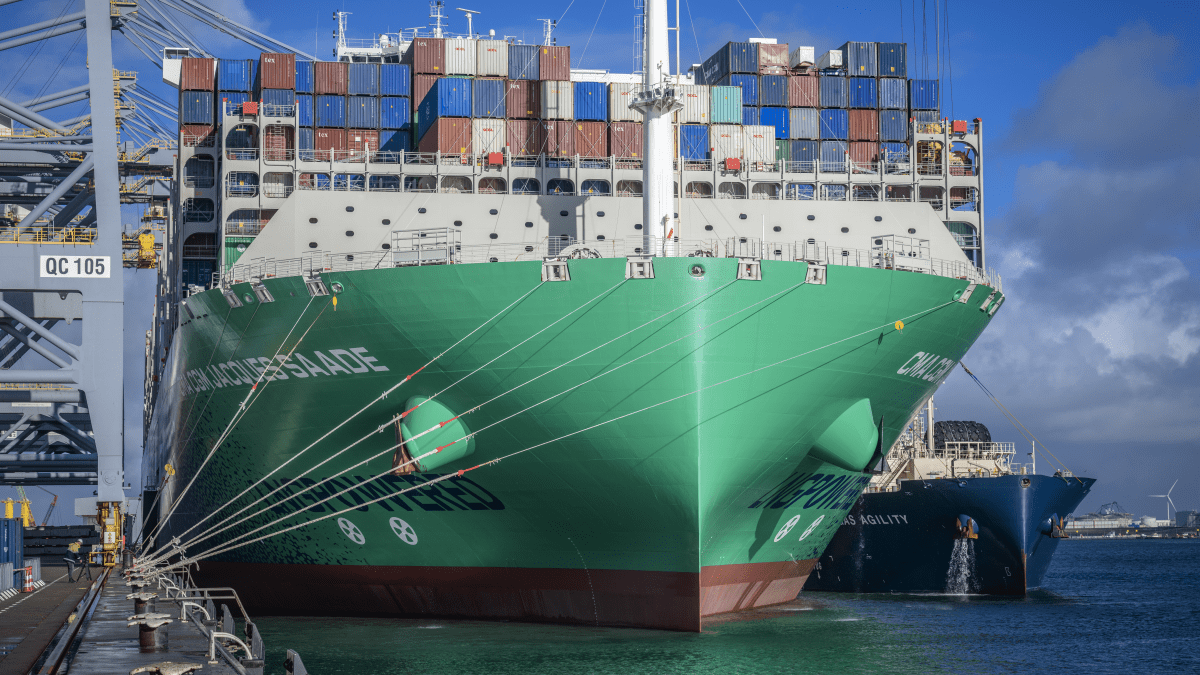SEA-LNG has slammed a recent study from the UCL Energy Institute that says LNG-powered ships face a high risk of being stranded assets in the energy transition as “a flawed academic exercise, detached from reality”
In a media statement, SEA-LNG said the authors of the study, Exploring methods for understanding stranded value: case study on LNG capable ships, make innumerable contestable and unsupported statements in setting out a framework for their analysis.
The growing LNG-fuelled fleet and ships capable of burning LNG that will be operational in 2030 are at risk of financial losses of US$850Bn, according to the study.
“Somewhat confusingly, given the focus of their paper on stranded value risk, they ignore the fact that LNG dual fuel engines already provide shipowners with an insurance against stranded assets, as they can burn traditional marine fuels and are currently doing so in Europe as a consequence of the unprecedented spike in LNG prices.
“Further, their analysis is based on an assumption that the decarbonisation pathway offered by LNG via bioLNG in the medium term to synthetic, or e-LNG, in the long term, will be less ‘competitive’ than ammonia or other electro- fuels. This is highly problematic for a number of reasons. Predicting the future production costs of electro-fuels such as e-ammonia, e-methanol and e-LNG is extremely difficult given that 80% of the cost of producing these fuels is associated with the cost of producing the common renewable hydrogen feedstock. This can only be produced from renewable energy sources which will take years to develop to the necessary scale. Suggesting a particular electro-fuel will ‘win’ based on price, is reckless and is, at best, a guess at this point in time.”
The challenges of ammonia
SEA-LNG, an NGO consisting of shipowners, energy companies, class societies, ports and other industry stakeholders. In its response to the UCL Energy Institute, SEA-LNG highlighted the challenges of burning, bunkering and handling ammonia, one of the alternative fuels seen as a front-runner in shipping’s clean energy transition. “Ammonia is a highly toxic fuel, with a volumetric energy density, approximately 50% that of LNG. This means more toxic fuel and less cargo”, said SEA-LNG.
SEA-LNG noted that regulations still need to be promulgated regarding the bunkering and handling of ammonia to protect seafarers as well as port workers and port communities. “Ammonia-fuelled engines are in the very early stages of development with massive uncertainties on issues such as pilot fuel requirements, GHG and NOx emissions and potentially deadly ammonia slip. Addressing these issues will demand significant amounts of time and money”, said SEA-LNG. “Finally, massive infrastructure investments will be required to produce and deliver e-ammonia (and indeed other fuels such as e-methanol and e-liquid hydrogen) to the ships that may use it. Contrast this to the LNG pathway where the transportation and storage infrastructure already exists and is growing globally.”
Concluded SEA-LNG, “The results reported in this study are meaningless, based as they are on subjective, negative assumptions on LNG. Such flawed analysis can confuse the industry, potentially providing shipowners and investors with justification to sit back, wait and continue to emit GHGs rather than invest in a technology like LNG that offers immediate GHG reductions today together with a clear and competitive pathway to decarbonisation in the decades ahead. Waiting is not an option”.






